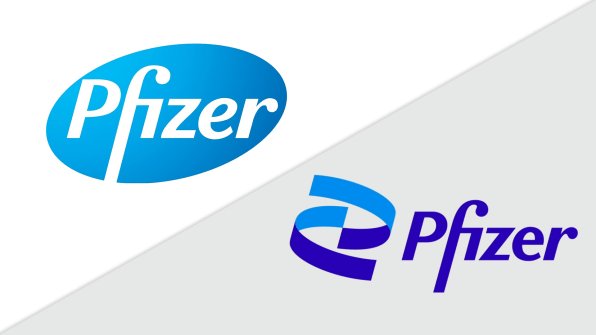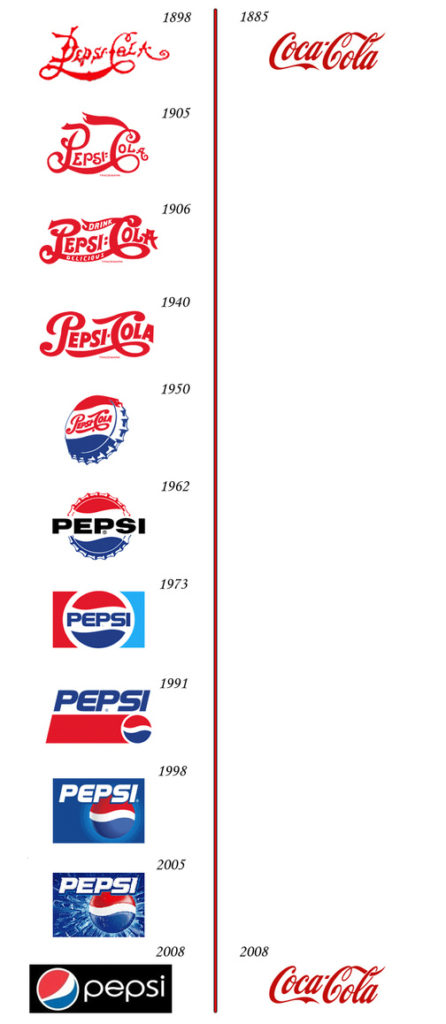< 1 Min Read
Pfizer’s New Logo and the Risks and Rewards of a Rebrand
Pfizer is making the most of its moment in the spotlight.
The company behind the nation’s first COVID-19 vaccine has garnered a lot of positive public sentiment lately. It’s the posterchild for the industry’s historic push to develop a vaccine and offer an endgame for this devastating pandemic.
Last week, the company announced its first major rebrand in 70 years.

To Rebrand or Not to Rebrand?
Rebrands are typically part of a strategic shift at the company. That holds true in Pfizer’s case, as the company has refocused efforts on its biopharma business in recent years. Pfizer’s illustrating that pivot by “unpacking the pill” and shifting its graphic identify to a more sciencey helix design. Here’s how Pfizer’s CEO described the update:
“Pfizer is no longer in the business of just treating diseases — we’re curing and preventing them.”
So far, the response to Pfizer’s new look is mostly positive, if a little underwhelming.
Pfizer, to its credit, did the necessary legwork. It polled more than 4,000 patients and 2,000 doctors internationally. Then it held 12 internal focus groups. The company narrowed 200 designs down to four before selecting the winner.
Major rebrands like this shouldn’t be taken lightly. Change just for the sake of change can be a major risk (looking at you, Gap). Sometimes, sticking with what works is the better play. That’s been the case with Coca-Cola for over a century.
Few brands have the legacy of Coca-Cola, and even Coke has tweaked its look over the years. But it’s an important reminder that new does not always mean better. As Pfizer shows, there’s a right time – and a right way – to reintroduce yourself to your audiences.
